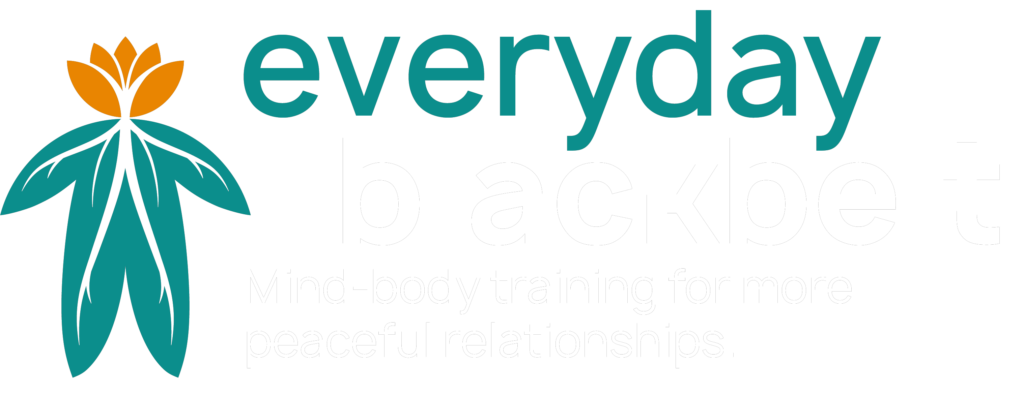
Bridging the divide
Lesson 18
Create "emergency exits" so you can leave the room temporarily if needed.
Key takeaways:
Have some "private emergency exits" in place: For example, claim that you have to use the restroom, get some fresh air, or make a phone call (whether that's true or not).
Practice using your emergency exits so you can do this with a sense of "Yes, I'm taking a break. Easy. No big deal."
Be considerate of the other person and the situation. To the extent possible, do only what is appropriate and acceptable under the circumstances.
Be confident. If you are okay with taking a break, it is more likely that the other person will be okay with it, too.
Remember: They may need a break as well, and they may be grateful that you gave them one.
Practice suggestion:
Find one or more friendly practice partners and play with the I have to make a quick phone call scenario.
Notice how different "flavors" of taking a break feel in your body, and how your voice sounds.
Ask your friend(s) how different "flavors" felt and sounded for them, and whether they had a preference. You may be surprised ...
Notice what might be useful for taking a break in a difficult conversation with a perhaps not-so-friendly person. Practice that with your friendly partner(s).

Copyright © 2023 Elisabeth Fisher · All Rights Reserved







